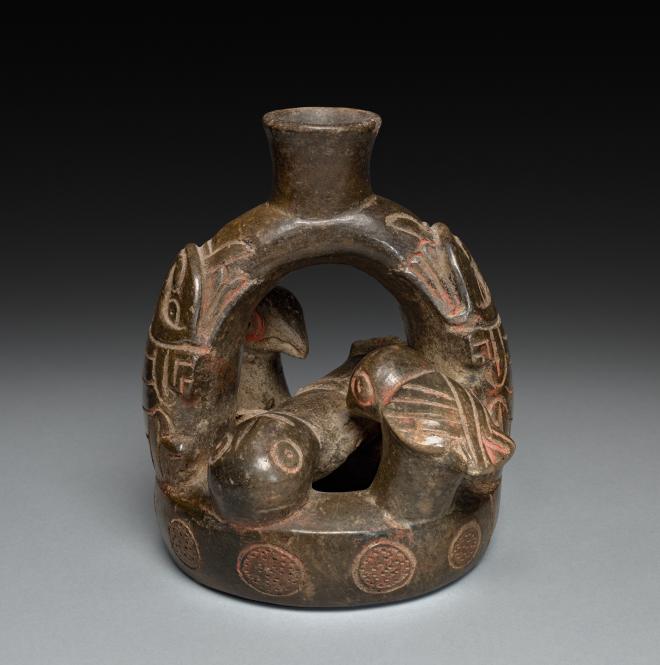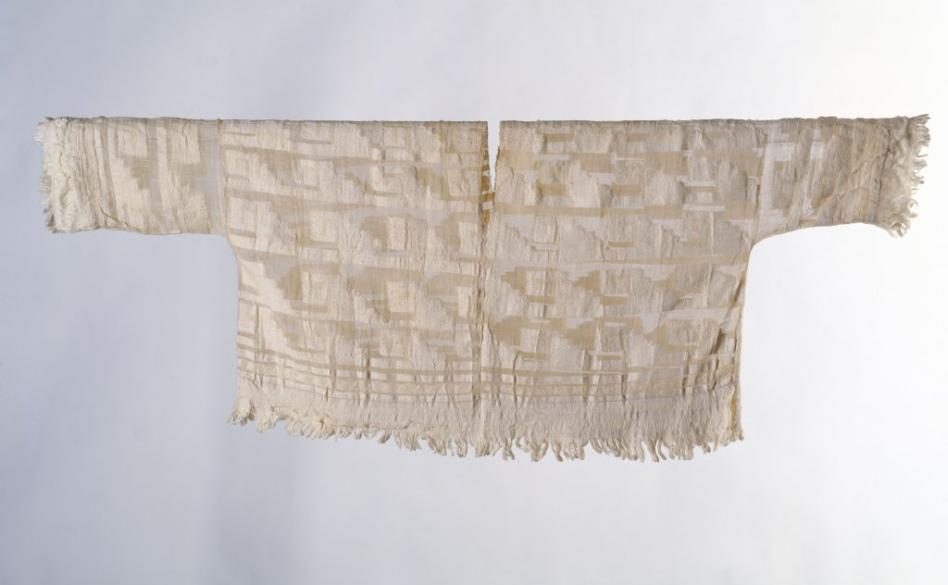2017.55

Object Title
Vessel with Reclining Figure and Birds
Measurements
H. 5 5/8 x W. 6 in (14.3 x 14.9)
Creation Date
2200-200 BC
Credit Line
The Cleveland Museum of Art, Gift of John and Agneta Solomon
Museum Name
Culture
Country of Origin
Object Type
Materials / Techniques
Provenance Information
Robert Sonin, New York, New York before 1970; by inheritance to an American private collector in 2012
Exhibition Information
none
Publication Information
none
Section of the AAMD Guidelines relied upon for the exception to 1970
Informed judgement that works were outside of the country of modern discovery before 1970
Explain why the object fits the exception set forth above
Explanation: The collector, Robert Sonin, died in 2011. Prior to his death, Mr. Sonin told at least two individuals—including the immediate past owner of the vessel, who received the work by inheritance from Mr. Sonin in 2012—that he assembled his collection of Andean antiquities in the 1950s and 1960s during trips to Peru and did not acquire ancient Peruvian objects after 1970. One of these individuals recalls seeing the vessel in Mr. Sonin’s apartment in about 2008. A third individual saw the vessel in Mr. Sonin’s apartment in the late 1980s and again in about 2000. The museum has obtained letters about these facts and/or recollections from all three parties. The Cleveland Museum of Art’s collection of Cupisnique art works is very modest, comprising only one other exhibition-worthy vessel made of ceramic, a major Cupisnique art medium. Thus, this fine vessel allows the museum to better represent the artistic achievements of one of Peru’s earliest art-making cultures to the public. The vessel’s unusual imagery—a human pecked by birds along with mythical creatures—is an intriguing and important document of ancient thought.
